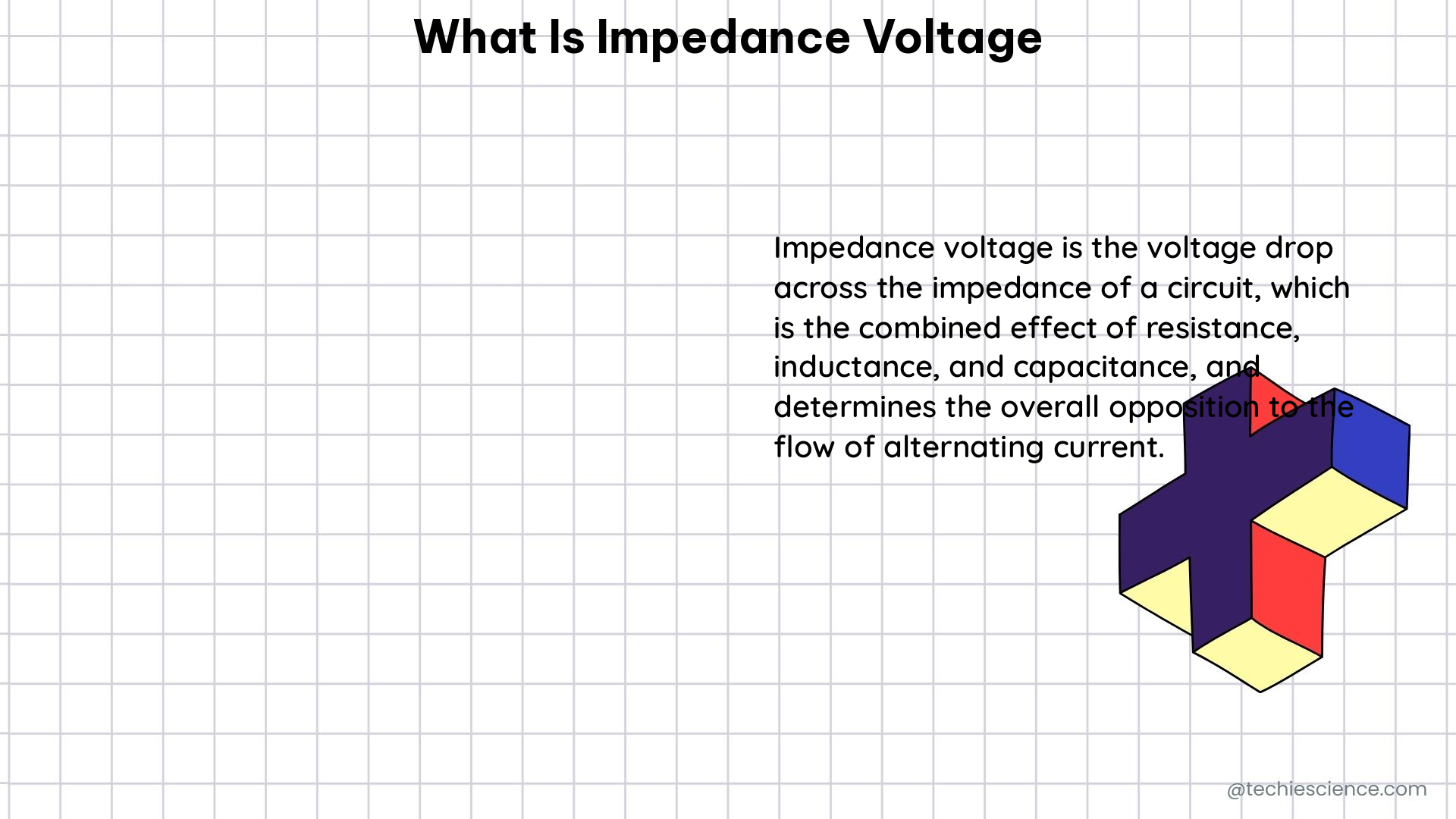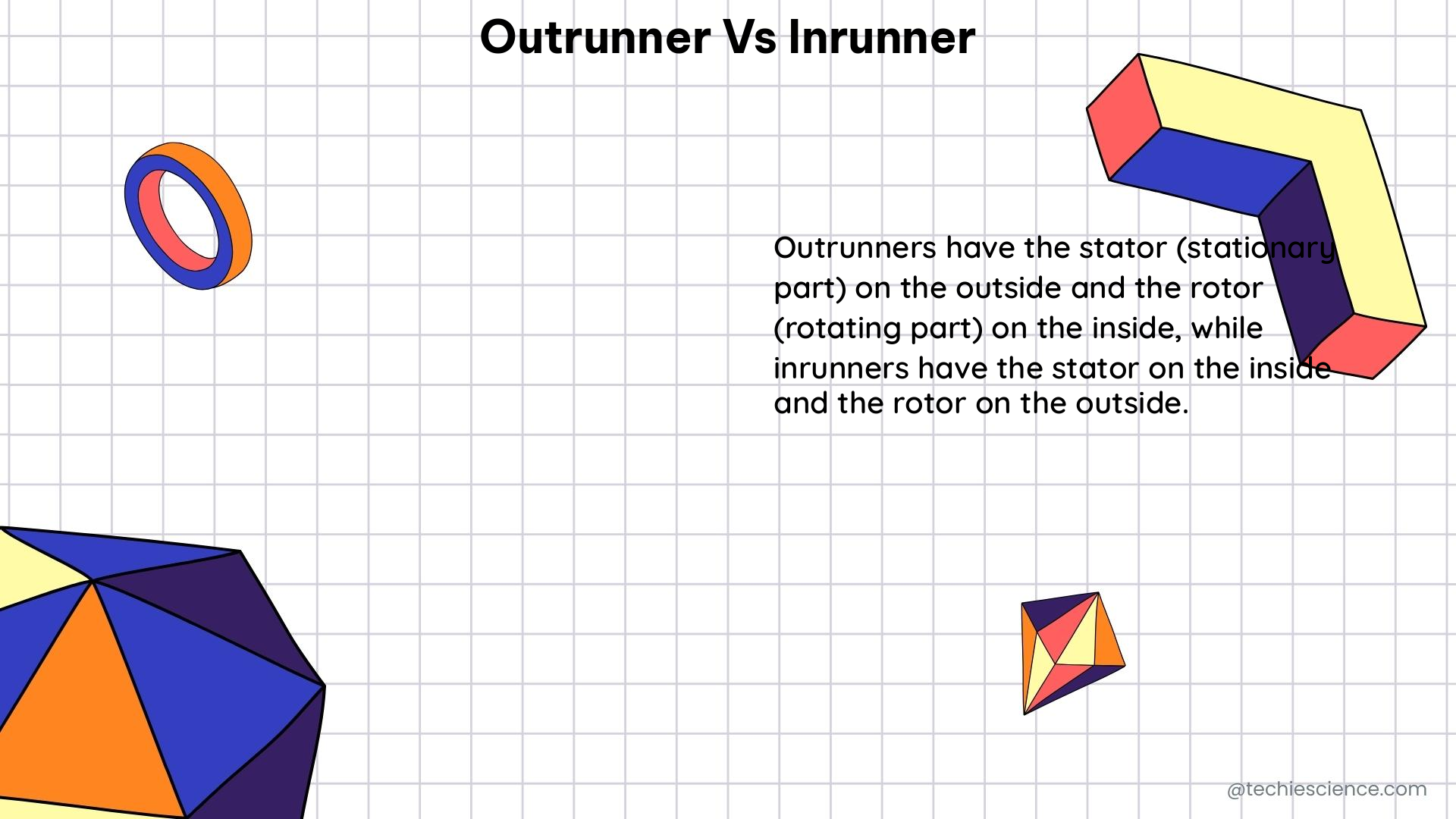Impedance voltage is a crucial concept in electrical and electronic engineering, as it represents the opposition that a circuit or a component presents to the flow of electric current. This opposition includes both resistive and reactive components, and it plays a vital role in the performance and efficiency of electronic systems. In this comprehensive guide, we will delve into the intricacies of impedance voltage, its mathematical representation, its impact on AC circuits, and the various methods used to measure it.
What is Impedance Voltage?
Impedance voltage, denoted as Z, is the measure of the total opposition to the flow of electric current in a circuit or a component. It is expressed as a complex number, Z = R + jX, where R represents the resistive component and X represents the reactive component. The unit of impedance is the ohm (Ω).
The magnitude of the impedance, |Z|, is equal to the maximum value of the potential difference or voltage (V) across the circuit, divided by the maximum value of the current (I) through the circuit, as shown in the equation:
|Z| = V / I
The reciprocal of the impedance, 1/Z, is called the admittance and is expressed in terms of the unit of conductance, the mho unit (ohm spelled backward).
Impedance in AC Circuits

In AC (Alternating Current) circuits, impedance becomes a dynamic player, as it accounts for the phase differences between current and voltage. This phase difference is caused by the reactive components, such as capacitance and inductance, which introduce a time delay in the current flow.
The relationship between impedance, resistance, and reactance in an AC circuit can be expressed as:
Z = √(R^2 + X^2)
where R is the resistance and X is the reactance.
The phase angle, θ, between the voltage and current is given by:
θ = tan^-1(X/R)
Understanding how impedance varies with frequency is crucial in applications such as filters, oscillators, power systems, and signal integrity analysis.
Capacitive and Inductive Impedance
The basic electrical reactive elements are capacitance and inductance, both of which have an impedance that depends on the frequency of the applied signal.
Capacitive Impedance
The impedance of an ideal capacitor is given by:
Zc = 1 / (2πfC)
where f is the frequency and C is the capacitance. As the frequency increases, the capacitive impedance decreases, and vice versa.
Inductive Impedance
The impedance of an ideal inductor is given by:
ZL = 2πfL
where f is the frequency and L is the inductance. As the frequency increases, the inductive impedance increases, and vice versa.
In practical circuits, such as PCBs or electrical components, the dielectric material between the trace and reference plane can impact the capacitance, and the physical dimensions of the electrical element, its distance to the current return path, and the electrical characteristics of the materials used can contribute to parasitic capacitances and inductances, leading to the voltage-current relationship.
Measuring Impedance
Accurately measuring impedance is crucial for ensuring efficient circuit operation, avoiding unnecessary power losses, and preventing potential issues arising from impedance mismatches. Several methods are available for measuring impedance, each with its own characteristics and applications:
- Bridge Method: This method uses a balanced bridge circuit to measure the impedance of a component or a circuit.
- I-V Method: This method directly measures the voltage and current to calculate the impedance.
- RF I-V Method: This method is specifically designed for measuring impedance at radio frequencies (RF).
- Automatically Balanced Bridge Method: This method automatically balances the bridge circuit to measure the impedance.
The choice of measurement method depends on factors such as the frequency range, the type of circuit or component, and the desired accuracy and precision.
Importance of Impedance in Electronics Design
Impedance is not just a theoretical concept but a practical tool that directly influences the performance and efficiency of electronic systems. Its measurement and control are vital in design, troubleshooting, safety, and efficiency.
In electronics design, impedance is an important parameter as it determines how components or interconnections modify the signal. Inductor impedance, for example, originates from the physical dimensions of the electrical element, its distance to the current return path, and the electrical characteristics of the materials used. All of these contribute to parasitic capacitances and inductances, which lead to the voltage-current relationship.
Proper impedance matching is crucial in various applications, such as transmission lines, filters, and power systems, to ensure efficient power transfer and minimize signal reflections and distortions.
Conclusion
Impedance voltage is a fundamental concept in electrical and electronic engineering, representing the opposition to the flow of electric current in a circuit or a component. Understanding the principles of impedance, its mathematical representation, and its behavior in AC circuits is essential for designing and analyzing efficient electronic systems.
By mastering the concepts of impedance voltage, engineers can optimize circuit performance, minimize power losses, and prevent potential issues arising from impedance mismatches. This comprehensive guide has provided a detailed overview of the topic, equipping you with the knowledge and tools necessary to navigate the complexities of impedance voltage in your electronic design and troubleshooting endeavors.
References:
- Electrical impedance – Wikipedia: https://en.wikipedia.org/wiki/Electrical_impedance
- Impedance Analysis – Basics: https://www.ceb.cam.ac.uk/research/groups/rg-eme/Edu/impedance-analysis-basics
- How to Measure Impedance: 5 Easy Steps for Engineers: https://saving.em.keysight.com/en/used/knowledge/guides/how-to-measure-impedance
- Electrical impedance | Definition, Symbol, Units, & Facts – Britannica: https://www.britannica.com/science/electrical-impedance
- Everything You Need To Know About Impedance: https://resources.altium.com/p/know-impedance
